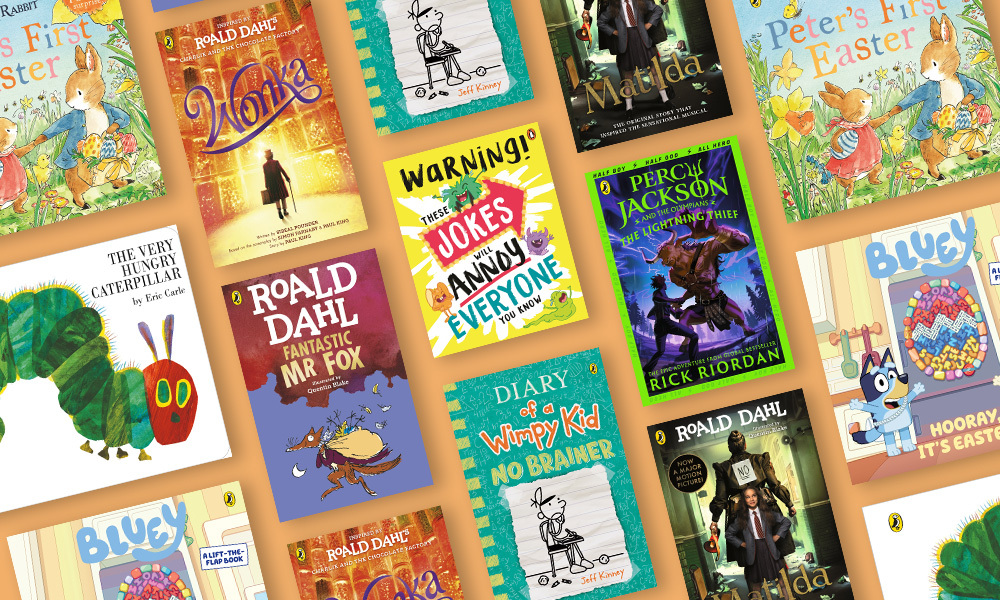Using books in the classroom is a great way to implement new learning opportunities. From debating to creative writing, read about 3 ways you can use books to deepen your students' understanding of the books they read, as well as their comprehension and communication skills.
Three ways to create learning opportunities with books
1. Book based debates
Help your students understand books on a deeper level while practising the art of argument-building. Using a central theme of the book, divide the classroom in half. Assign each ‘team’ to be either affirmative or negative and host a classroom debate about whether the central theme of the book is right or wrong.
Even if students disagree with the position they have been assigned, this exercise will teach them to dig deeper into a text and practice seeing things from different viewpoints.
2. Creative writing projects
Reading a book as a class is a great way to set the stage for a bigger creative writing project. Build a creative writing prompt based on a book, then let your students create their own version of the story. This exercise will help kids look beyond the plot to understand the fundamentals of storytelling, from characters to conflict and beyond.
3. Project-based learning
Centring a long-term project around a specific book can help your students better relate to subject material. By introducing a big project with a book, you can give your students a touch-point for a large project that incorporates many different activities. While books might typically fit within a Language Arts class, they can also be a great jumping-off point for other subjects including science, maths and social studies.
Books to incorporate into your classroom
Love the idea of using books for creative learning but not sure which ones to reach for? Check out our recommendations below.
Easter books for little kids

It can be especially difficult to get young children to engage with new learning methods, so choosing a book that centres around a seasonal moment that they’re already familiar with is a great way to go.
At this time of year, you can’t go wrong by including Easter books in your classroom. By basing your book selection and learning activities around a holiday that students are already familiar with, they’ll be more comfortable with the idea of trying something new. A few books that might be great for your students include The Very Hungry Caterpillar’s Easter Egg Hunt, Peter’s First Easter, Bluey: Hooray It’s Easter! and more on this list.
Books for older readers

While seasonal books might work for younger readers, older kids might need something more to grab their attention. Humour is a great way to pique older readers’ interest, and you can’t go wrong with books like No Brainer and These Jokes Will Annoy Everyone You Know.

Classic stories that older kids might already be familiar with are also a great way to get older students engaged. For guaranteed participation, choose a book that your students might recognise from film or TV, such as Fantastic Mr Fox, Matilda, Percy Jackson and the Lightening Thief or Wonka.

